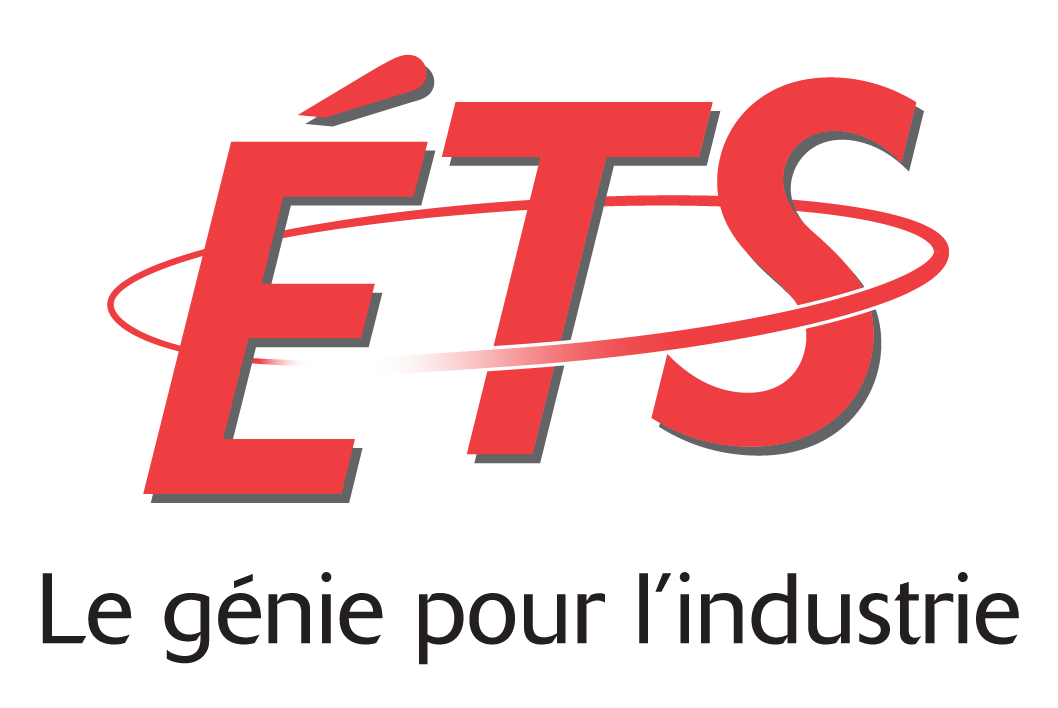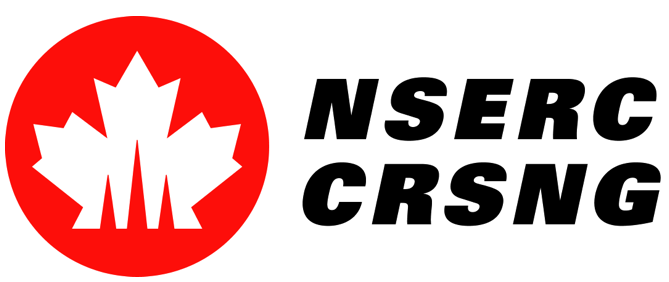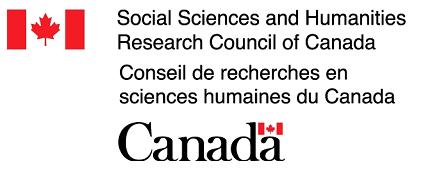
Mohamed CHERIET
Eng., Ph.D., SMIEEE

Mohamed CHERIET
Eng., Ph.D., SMIEEE
For more details and updated list of publications, please visit:synchromedia website or Google scholar website
Natural Sciences and Engineering Research Council of Canada (NSERC) - Discovery Grant

Natural Sciences and Engineering Research Council of Canada (NSERC) - Discovery Grant

Natural Sciences and Engineering Research Council of Canada (NSERC) - Discovery Grant

Natural Sciences and Engineering Research Council of Canada (NSERC) - Discovery Grant

Natural Sciences and Engineering Research Council of Canada (NSERC) - Discovery Grant

Natural Sciences and Engineering Research Council of Canada (NSERC) - Discovery Grant

Natural Sciences and Engineering Research Council of Canada (NSERC) - Discovery Grant

Natural Sciences and Engineering Research Council of Canada (NSERC) - Discovery Grant

Natural Sciences and Engineering Research Council of Canada (NSERC) - Discovery Grant

Natural Sciences and Engineering Research Council of Canada (NSERC) - Discovery Grant

Natural Sciences and Engineering Research Council of Canada (NSERC) - Discovery Grant

Natural Sciences and Engineering Research Council of Canada (NSERC) - Discovery Grant

Natural Sciences and Engineering Research Council of Canada (NSERC) - Discovery Grant

Natural Sciences and Engineering Research Council of Canada (NSERC) - Discovery Grant

Natural Sciences and Engineering Research Council of Canada (NSERC) - Discovery Grant

Natural Sciences and Engineering Research Council of Canada (NSERC) - Discovery Grant

Natural Sciences and Engineering Research Council of Canada (NSERC) - Discovery Grant

Natural Sciences and Engineering Research Council of Canada (NSERC) - Discovery Grant

Natural Sciences and Engineering Research Council of Canada (NSERC) - Discovery Grant

Natural Sciences and Engineering Research Council of Canada (NSERC) - Discovery Grant

Natural Sciences and Engineering Research Council of Canada (NSERC) - Discovery Grant

Natural Sciences and Engineering Research Council of Canada (NSERC) - Discovery Grant

Natural Sciences and Engineering Research Council of Canada (NSERC) - Discovery Grant

Natural Sciences and Engineering Research Council of Canada (NSERC) - Discovery Grant

Natural Sciences and Engineering Research Council of Canada (NSERC) - Discovery Grant

Natural Sciences and Engineering Research Council of Canada (NSERC) - Discovery Grant

Natural Sciences and Engineering Research Council of Canada (NSERC) - Discovery Grant

Cloud Computing offers a distributed computing environment where applications can be deployed and managed. . It is characterized by its scalability, elasticity and widely-spread use. Although the choice of such an environment may seem advantageous enough, several challenges still remain, mainly in terms of the automated deployment process of applications. This paper focuses on the design and the implementation of a new generic model for application automatic deployment, called OpenICRA, to mitigate the effects of barriers to entry, to reduce application development complexity and to simplify cloud services deployment process. We conducted two case studies to validate our proposed model. Our empirical results demonstrate the effectiveness of OpenICRA to automate and orchestrate the deployment process of different applications without any modification in their source code and optimize their implementation in terms of performance in heterogeneous Cloud environments.
Natural Sciences and Engineering Research Council of Canada (NSERC) -CRD-Ericsson


Natural Sciences and Engineering Research Council of Canada (NSERC) - Discovery Grant

Natural Sciences and Engineering Research Council of Canada (NSERC) -Discovery Grant

Natural Sciences and Engineering Research Council of Canada (NSERC) -Discovery Grant

CANARIE - GreenStar Network


CANARIE - GreenStar Network


CANARIE - GreenStar Network


Natural Sciences and Engineering Research Council of Canada (NSERC) -Discovery Grant

Natural Sciences and Engineering Research Council of Canada (NSERC) -Discovery Grant

CANARIE - GreenStar Network


Natural Sciences and Engineering Research Council of Canada (NSERC) -Discovery Grant

Natural Sciences and Engineering Research Council of Canada (NSERC) -Discovery Grant

Natural Sciences and Engineering Research Council of Canada (NSERC) -Discovery Grant

Natural Sciences and Engineering Research Council of Canada (NSERC) -Discovery Grant

Natural Sciences and Engineering Research Council of Canada (NSERC) -Discovery Grant

CANARIE - GreenStar Network


CANARIE - GreenStar Network


Natural Sciences and Engineering Research Council of Canada (NSERC) -Discovery Grant

Natural Sciences and Engineering Research Council of Canada (NSERC) -Discovery Grant

Natural Sciences and Engineering Research Council of Canada (NSERC) -Discovery Grant

Natural Sciences and Engineering Research Council of Canada (NSERC) -Discovery Grant

CANARIE - GreenStar Network


Natural Sciences and Engineering Research Council of Canada (NSERC) -Discovery Grant

Natural Sciences and Engineering Research Council of Canada (NSERC) -Discovery Grant

Natural Sciences and Engineering Research Council of Canada (NSERC) -Discovery Grant

Natural Sciences and Engineering Research Council of Canada (NSERC) -Discovery Grant

Natural Sciences and Engineering Research Council of Canada (NSERC) -Discovery Grant

Natural Sciences and Engineering Research Council of Canada (NSERC) -Discovery Grant

Natural Sciences and Engineering Research Council of Canada (NSERC) -Discovery Grant

Natural Sciences and Engineering Research Council of Canada (NSERC) -Discovery Grant

Natural Sciences and Engineering Research Council of Canada (NSERC) -Discovery Grant

Natural Sciences and Engineering Research Council of Canada (NSERC) -Discovery Grant

Natural Sciences and Engineering Research Council of Canada (NSERC) -Discovery Grant

Natural Sciences and Engineering Research Council of Canada (NSERC) -Discovery Grant

Natural Sciences and Engineering Research Council of Canada (NSERC) -Discovery Grant

Natural Sciences and Engineering Research Council of Canada (NSERC) -Discovery Grant

Natural Sciences and Engineering Research Council of Canada (NSERC) -Discovery Grant

Natural Sciences and Engineering Research Council of Canada (NSERC) -Discovery Grant

Natural Sciences and Engineering Research Council of Canada (NSERC) -Discovery Grant

Natural Sciences and Engineering Research Council of Canada (NSERC) -Discovery Grant

Natural Sciences and Engineering Research Council of Canada (NSERC) -Discovery Grant

Natural Sciences and Engineering Research Council of Canada (NSERC) -Discovery Grant

Natural Sciences and Engineering Research Council of Canada (NSERC) -Discovery Grant

Natural Sciences and Engineering Research Council of Canada (NSERC) -Discovery Grant

Natural Sciences and Engineering Research Council of Canada (NSERC) -Discovery Grant

CANARIE - GreenStar Network


CANARIE - GreenStar Network


CANARIE - GreenStar Network


Natural Sciences and Engineering Research Council of Canada (NSERC) -Discovery Grant

Natural Sciences and Engineering Research Council of Canada (NSERC) -Discovery Grant

CANARIE - GreenStar Network


Natural Sciences and Engineering Research Council of Canada (NSERC) -Discovery Grant

Natural Sciences and Engineering Research Council of Canada (NSERC) -Discovery Grant

Natural Sciences and Engineering Research Council of Canada (NSERC) -Discovery Grant

Refereed?: Yes
Invited?: Yes
Refereed?: Yes
Invited?: Yes
Refereed?: Yes
Invited?: Yes
Refereed?: Yes
Invited?: Yes
Refereed?: Yes
Invited?: Yes
Refereed?: Yes
Invited?: Yes
Refereed?: Yes
Invited?: Yes
Refereed?: Yes
Invited?: Yes
Refereed?: Yes
Invited?: Yes
Refereed?: Yes
Invited?: Yes
Refereed?: Yes
Invited?: Yes
Refereed?: Yes
Invited?: Yes
Refereed?: Yes
Invited?: Yes
Refereed?: Yes
Invited?: Yes
Refereed?: Yes
Invited?: Yes
Refereed?: Yes
Invited?: Yes
Natural Sciences and Engineering Research Council of Canada (NSERC) -Discovery Grant

Natural Sciences and Engineering Research Council of Canada (NSERC) -Discovery Grant

Natural Sciences and Engineering Research Council of Canada (NSERC) -Discovery Grant

Natural Sciences and Engineering Research Council of Canada (NSERC) -Discovery Grant

Natural Sciences and Engineering Research Council of Canada (NSERC) -Discovery Grant

Natural Sciences and Engineering Research Council of Canada (NSERC) -Discovery Grant

Social Sciences and Humanities Research Council of Canada-IOW

Social Sciences and Humanities Research Council of Canada-IOW

Natural Sciences and Engineering Research Council of Canada (NSERC) -CRD-Ericsson


Natural Sciences and Engineering Research Council of Canada (NSERC) -Discovery Grant

Natural Sciences and Engineering Research Council of Canada (NSERC) -Discovery Grant

Social Sciences and Humanities Research Council of Canada-IOW

CANARIE - GreenStar Network


Social Sciences and Humanities Research Council of Canada-IOW

Natural Sciences and Engineering Research Council of Canada (NSERC) -Discovery Grant

Natural Sciences and Engineering Research Council of Canada (NSERC) -Discovery Grant

Natural Sciences and Engineering Research Council of Canada (NSERC) -Discovery Grant

Natural Sciences and Engineering Research Council of Canada (NSERC) -Discovery Grant

Natural Sciences and Engineering Research Council of Canada (NSERC) -Discovery Grant

Natural Sciences and Engineering Research Council of Canada (NSERC) -Discovery Grant

Natural Sciences and Engineering Research Council of Canada (NSERC) -CRD-Ericsson


CANARIE - GreenStar Network


Natural Sciences and Engineering Research Council of Canada (NSERC) -Discovery Grant

Natural Sciences and Engineering Research Council of Canada (NSERC) -Discovery Grant

Natural Sciences and Engineering Research Council of Canada (NSERC) -Discovery Grant

Natural Sciences and Engineering Research Council of Canada (NSERC) -Discovery Grant

CANARIE - GreenStar Network


Natural Sciences and Engineering Research Council of Canada (NSERC) -Discovery Grant

Natural Sciences and Engineering Research Council of Canada (NSERC) -Discovery Grant

CANARIE - GreenStar Network


CANARIE - GreenStar Network


CANARIE - GreenStar Network


Natural Sciences and Engineering Research Council of Canada (NSERC) -Discovery Grant

Natural Sciences and Engineering Research Council of Canada (NSERC) -Discovery Grant

Natural Sciences and Engineering Research Council of Canada (NSERC) -Discovery Grant

Natural Sciences and Engineering Research Council of Canada (NSERC) -Discovery Grant

Natural Sciences and Engineering Research Council of Canada (NSERC) -Discovery Grant

Natural Sciences and Engineering Research Council of Canada (NSERC) -Discovery Grant

Natural Sciences and Engineering Research Council of Canada (NSERC) -Discovery Grant

CANARIE - GreenStar Network


Natural Sciences and Engineering Research Council of Canada (NSERC) -Discovery Grant

Natural Sciences and Engineering Research Council of Canada (NSERC) -Discovery Grant

Natural Sciences and Engineering Research Council of Canada (NSERC) -Discovery Grant

Natural Sciences and Engineering Research Council of Canada (NSERC) -Discovery Grant

Natural Sciences and Engineering Research Council of Canada (NSERC) -Discovery Grant

Natural Sciences and Engineering Research Council of Canada (NSERC) -Discovery Grant

Natural Sciences and Engineering Research Council of Canada (NSERC) -Discovery Grant

Natural Sciences and Engineering Research Council of Canada (NSERC) -Discovery Grant

Natural Sciences and Engineering Research Council of Canada (NSERC) -Discovery Grant

Natural Sciences and Engineering Research Council of Canada (NSERC) -Discovery Grant

Natural Sciences and Engineering Research Council of Canada (NSERC) -Discovery Grant

Natural Sciences and Engineering Research Council of Canada (NSERC) -Discovery Grant

Natural Sciences and Engineering Research Council of Canada (NSERC) -Discovery Grant

Natural Sciences and Engineering Research Council of Canada (NSERC) -Discovery Grant

Natural Sciences and Engineering Research Council of Canada (NSERC) -Discovery Grant

Natural Sciences and Engineering Research Council of Canada (NSERC) -Discovery Grant
